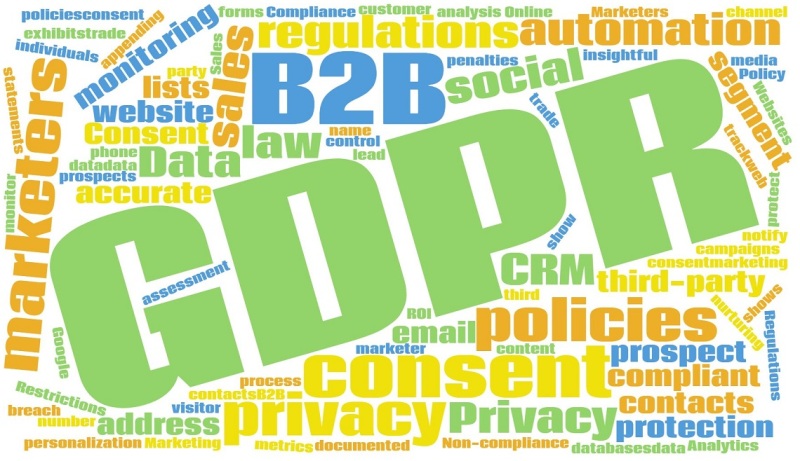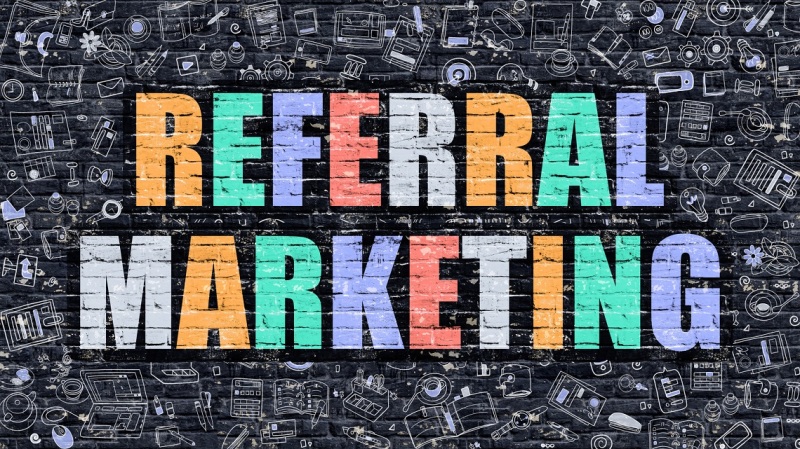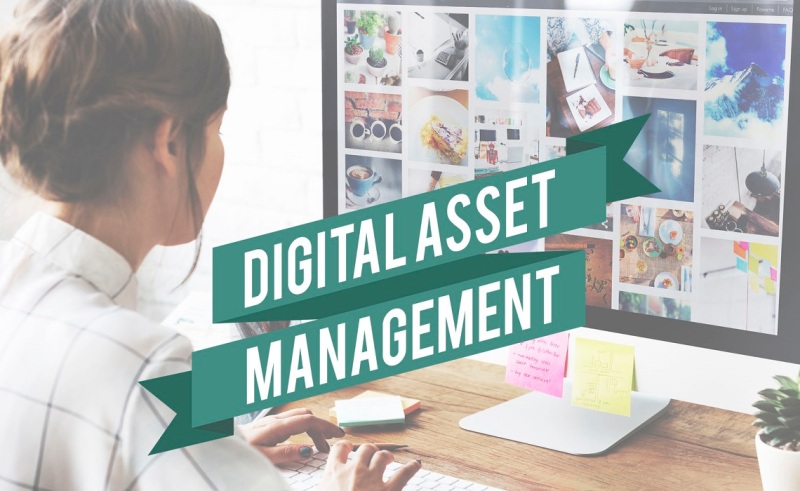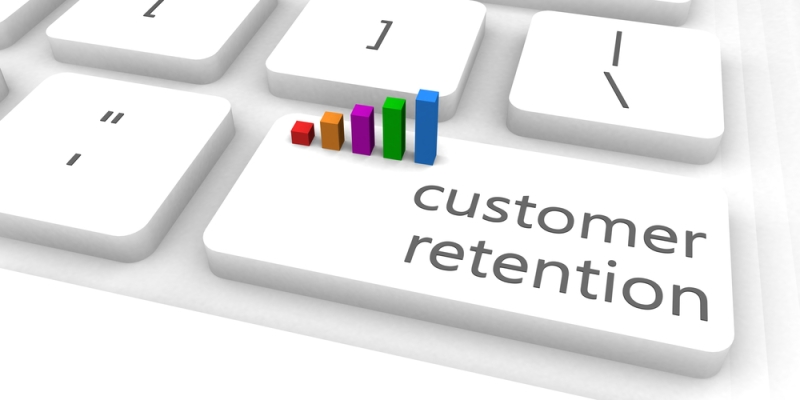![]()
How many leads did your marketing team generate last year? This simple question can be hard to answer for many B2B marketers because tracking leads is a complicated process, especially if you don’t have automated systems in place. However, being able to confidently answer this and other questions around marketing’s contribution to lead generation and revenue will:
- insure company growth
- justify increasing budget dollars for your marketing efforts
- improve marketing’s lead generation effectiveness
B2B marketers need to utilize a system for lead tracking to answer these questions.
Let’s discuss what lead tracking is and how to get started, even if you’re a marketing “team” of one or two, or lack an automated lead tracking system.
What is lead tracking?
One of the most important responsibilities for a B2B marketer or marketing team is to generate leads. In its simplest form a lead is an individual who is interested in your product or service. And a simple lead management process is one where marketing generates a lead, then passes it over to the sales team who “close” the lead as either a won or lost sale.
Lead tracking is the ability to track each lead from initial inquiry via a marketing channel (online or offline) or campaign (digital ad, email, direct mail etc.) response through to a closed sale (won or lost).
This simple lead tracking and management process just described can get complicated very quickly. For example, is the lead located in a geographic area your company sells into, which sales person gets which leads, how does marketing hand off the lead information, and how does sales notify marketing of closing the sale. These are just some of the lead tracking details that typically need to be worked through. Continue reading
 If you’re a B2B marketer in the US you’re probably aware of the general trend toward more stringent data privacy regulations. But are you and your organization ready for the EU’s
If you’re a B2B marketer in the US you’re probably aware of the general trend toward more stringent data privacy regulations. But are you and your organization ready for the EU’s  I’ve been thinking about referral marketing recently due to my own experience giving referrals to friends and family for Blue Apron, the meal kit delivery service. Clearly Blue Apron is using referral marketing to drive lead generation. But does this type of B2C referral marketing translate to B2B marketing?
I’ve been thinking about referral marketing recently due to my own experience giving referrals to friends and family for Blue Apron, the meal kit delivery service. Clearly Blue Apron is using referral marketing to drive lead generation. But does this type of B2C referral marketing translate to B2B marketing?
 Have you noticed how disjointed some B2B marketing is? Over the last ten, and especially five, years this seemed to be a growing trend. Article after article talked about and many B2B marketers implemented digital marketing, social media marketing, inbound marketing, SEO, etc. as though each can stand alone. And sadly, in many cases, each has stood alone with little thought given to an overall strategy and, unfortunately, delivered less than stellar results. But last week I attended a conference that gives me hope we may finally be seeing a return to strategic integrated marketing. Read on to learn more about this and other takeaways from the
Have you noticed how disjointed some B2B marketing is? Over the last ten, and especially five, years this seemed to be a growing trend. Article after article talked about and many B2B marketers implemented digital marketing, social media marketing, inbound marketing, SEO, etc. as though each can stand alone. And sadly, in many cases, each has stood alone with little thought given to an overall strategy and, unfortunately, delivered less than stellar results. But last week I attended a conference that gives me hope we may finally be seeing a return to strategic integrated marketing. Read on to learn more about this and other takeaways from the  Part 3 in a 3-Part Series on Content Marketing for the B2B Buyer’s Journey
Part 3 in a 3-Part Series on Content Marketing for the B2B Buyer’s Journey
 In Part 2 of this 3-Part series, I share the top challenges I’ve experienced and observed B2B marketers face when developing Consideration stage content and provide tips for overcoming these challenges. In Part 1 I reviewed the
In Part 2 of this 3-Part series, I share the top challenges I’ve experienced and observed B2B marketers face when developing Consideration stage content and provide tips for overcoming these challenges. In Part 1 I reviewed the 

 To prevent your customers from defecting to competitors who will eventually upset the
To prevent your customers from defecting to competitors who will eventually upset the 